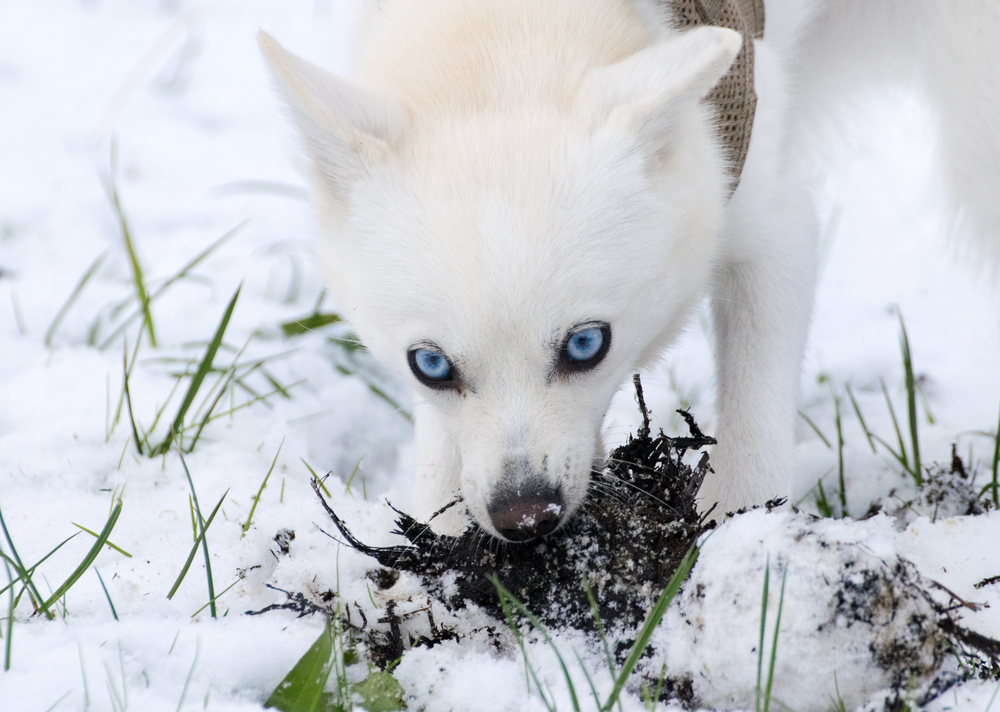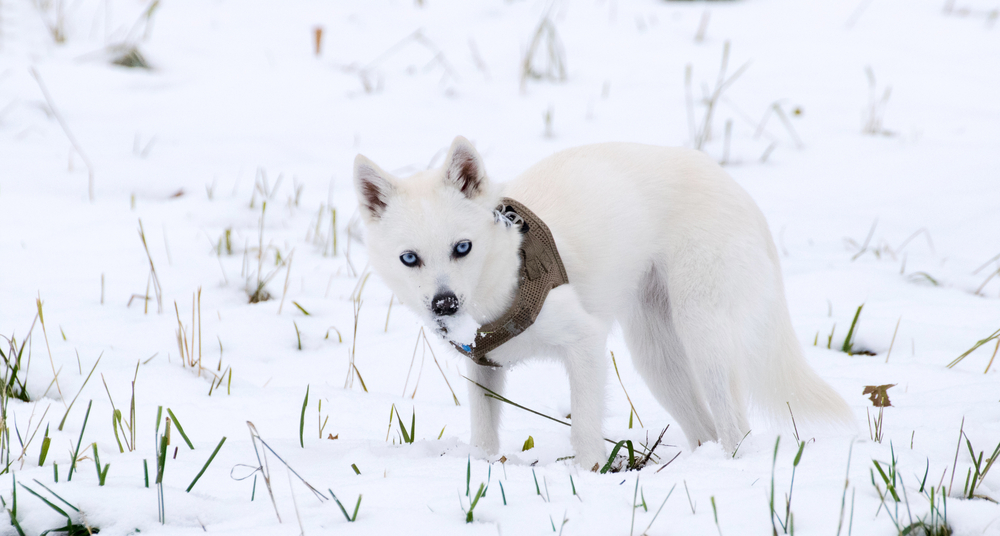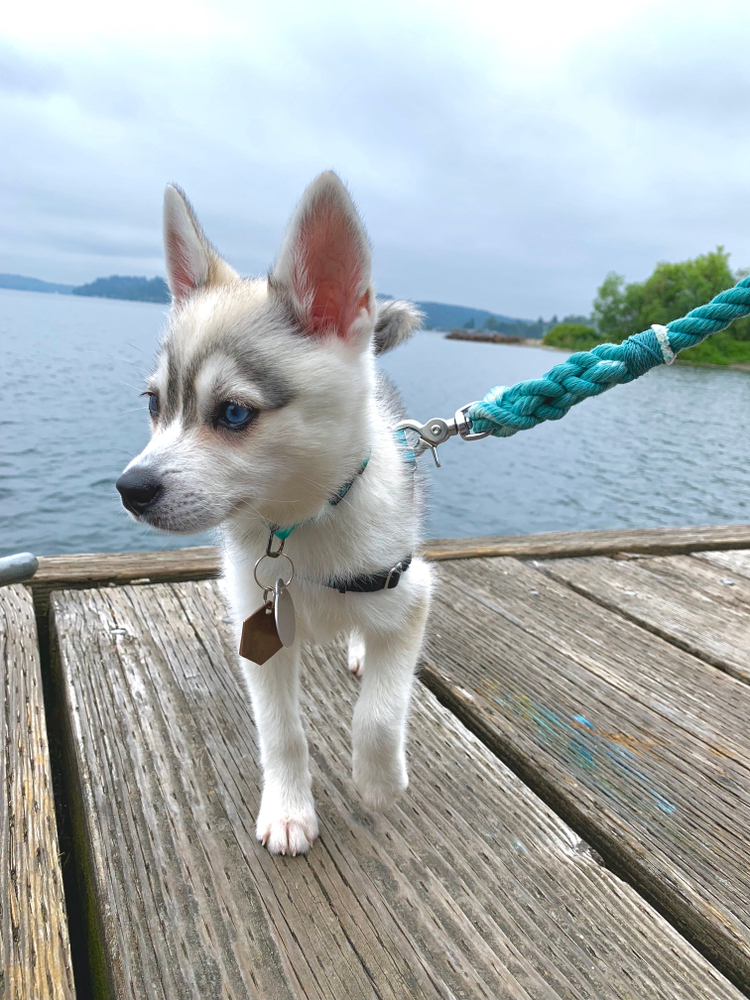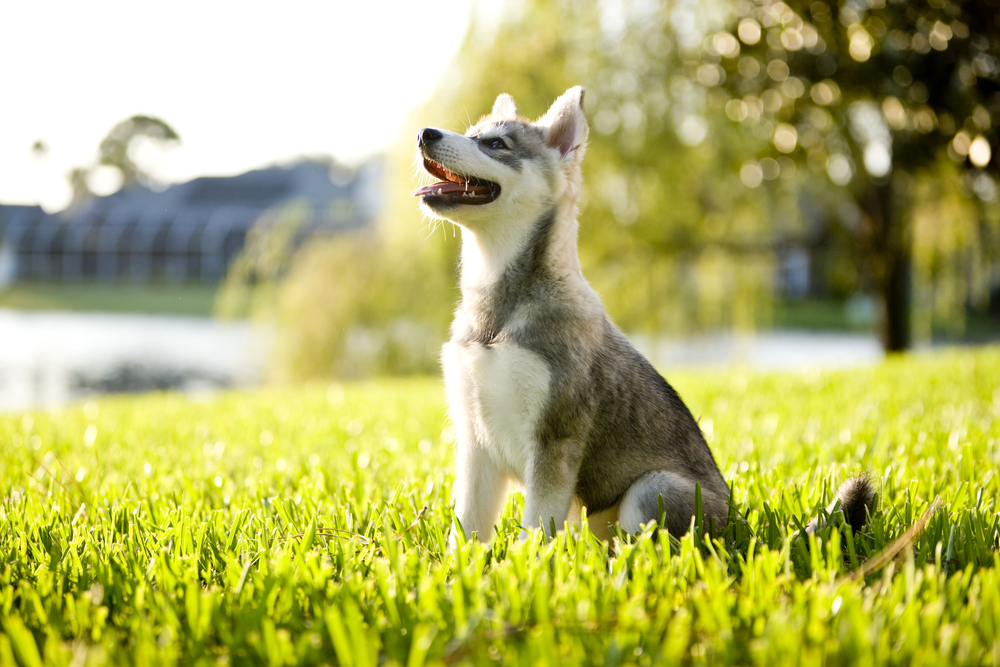Training and Obedience for Alaskan Klee Kai: A Comprehensive Guide
Welcome to our comprehensive guide on training and obedience for Alaskan Klee Kai! If you are a proud owner of this adorable and intelligent breed or planning to get one, you’ve come to the right place. In this article, we will delve deep into the intricacies of training your Alaskan Klee Kai, providing you with expert tips, practical advice, and valuable insights to ensure a well-behaved and obedient companion.

Understanding the Alaskan Klee Kai
Before we dive into training methods, it’s essential to understand the Alaskan Klee Kai breed. These compact, energetic dogs were initially bred to be smaller versions of the Alaskan Husky. They are known for their striking resemblance to wolves, captivating appearance, and boundless energy. While they make wonderful companions, their intelligence and independent nature can present unique challenges in the training process.


The Importance of Early Socialization
Socialization is a critical aspect of raising a well-adjusted and obedient Alaskan Klee Kai. Socializing your puppy from a young age will help them develop confidence, reduce anxiety, and ensure they grow up to be friendly and well-mannered adults. Introduce your puppy to various people, animals, sights, and sounds in a controlled and positive environment.
Establishing a Positive Training Environment
Creating a positive and rewarding training environment is key to the success of your Alaskan Klee Kai’s training. Positive reinforcement is an effective approach that involves rewarding good behavior rather than punishing undesirable actions. Use treats, praise, and affection to reinforce positive behavior, which will motivate your Klee Kai to repeat those actions.

Basic Obedience Training
1. Sit
Teaching your Alaskan Klee Kai to sit is a fundamental command that forms the basis for other obedience training. Hold a treat close to their nose and slowly move it upward, guiding them into a sitting position. Once they are seated, reward them with the treat and praise. Repeat this regularly until they respond to the verbal command alone.
2. Stay
The “stay” command is essential for keeping your Klee Kai safe in various situations. Begin by having your dog sit, then open your palm towards them while saying “stay.” Take a step back, and if they remain seated, reward them. Gradually increase the distance and duration as they improve.
3. Recall
A reliable recall is crucial for off-leash outings. Use a long leash in a secure area and call your dog’s name followed by “come.” When they reach you, reward them with treats and positive reinforcement. Practicing this command in various environments will reinforce their response.
Addressing Behavioral Challenges
1. Separation Anxiety
Alaskan Klee Kai are known to form strong bonds with their owners, making them susceptible to separation anxiety. To address this, gradually increase the time you spend away from them, provide interactive toys, and establish a consistent leaving routine to reduce stress.
2. Excessive Barking
Excessive barking is a common issue among this vocal breed. Use the “quiet” command and reward them when they stop barking on command. Additionally, ensure they get enough physical and mental stimulation to prevent boredom.


Advanced Training for Alaskan Klee Kai
Beyond basic obedience, advanced training can engage your Klee Kai’s active mind and maintain their focus. Consider enrolling them in agility courses, nose work, or advanced obedience classes. These activities will challenge their intellect and keep them physically fit.
Exercise Requirements
Alaskan Klee Kai are energetic dogs that require regular exercise to keep them happy and healthy. Daily walks, playtime, and mentally stimulating activities are essential to prevent behavioral problems arising from pent-up energy.


Training and Obedience for Alaskan Klee Kai
Congratulations! You are now equipped with valuable insights and comprehensive training guidelines to raise an obedient and well-behaved Alaskan Klee Kai. Remember, patience, consistency, and positive reinforcement are key to successful training.